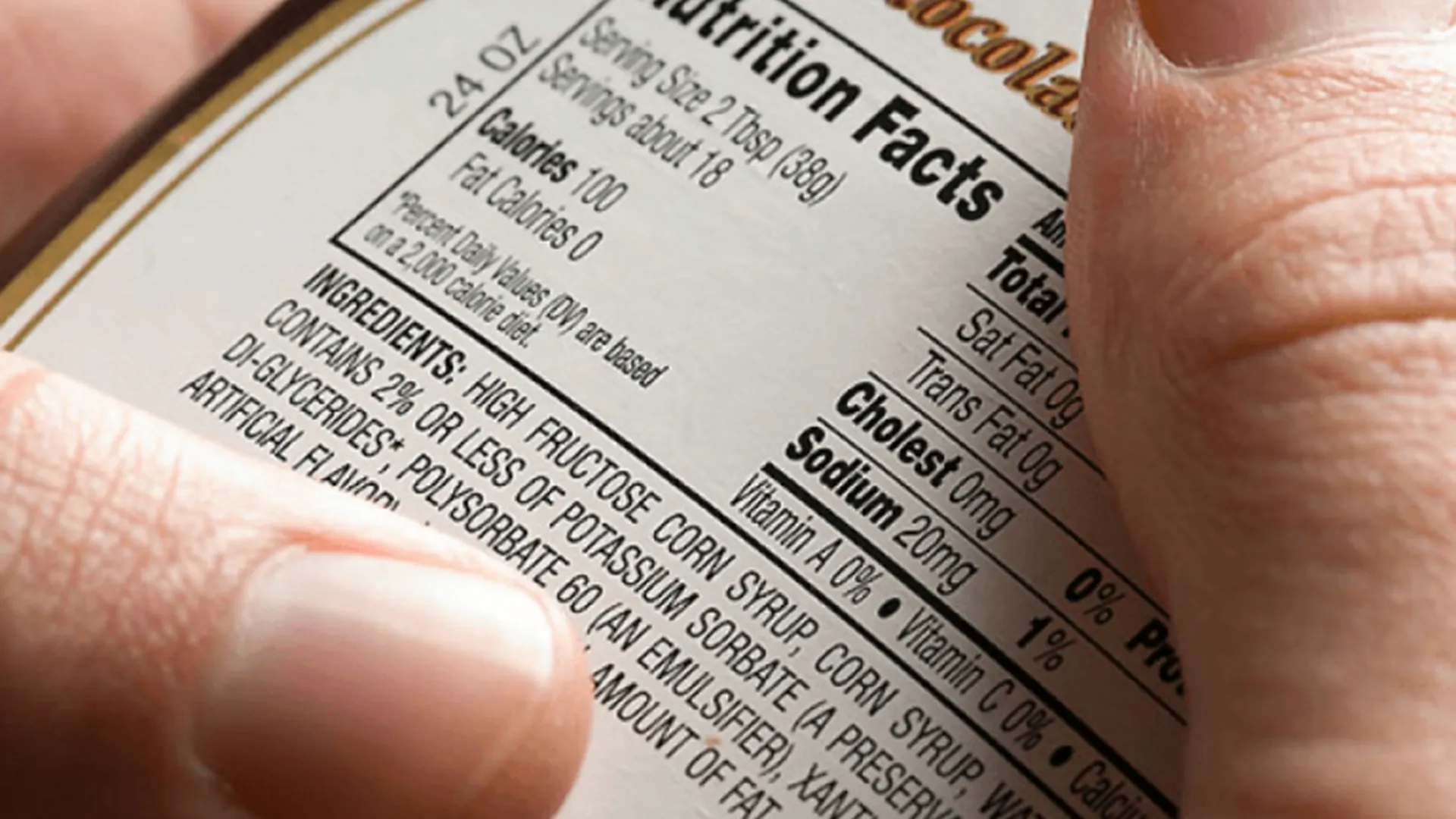As a nutritionist-in-training, today’s post is going to be a bit of a crash course on Food Labelling, and why it’s so incredibly important to read those food labels – or better still, purchase food which doesn’t even come with a label!
To help clarify my point, I’m going to lead in with a little story.
The other day, my gorgeous hubby offered to do the grocery shopping for me as I was knee deep in assignments, studying for exams etc. My response was – “whoop, whoop – yes please! That would be wonderful sweetheart – thank you so much”.
Now on the grocery list was Maple Syrup. That wonderfully sweet syrup which is made from the sap of a maple tree usually sourced from Canada.
When my hubby returned from his grocery shop expedition, feeling quite chuffed that he’d managed to find every single item on the list (bless his little cotton socks!), I couldn’t help but disguise the look of horror on my face at one particular purchase.
You guessed it – the Maple Syrup.
As you can see from the photo above – specimen A (on the right) under ingredients says – ‘Pure Canadian Maple Syrup’, as opposed to specimen B (on the left) has 5 lines of ingredients – and not one of them is actually ‘maple syrup’.
But what’s worse, is that some of these so called “ingredients” can have detrimental impacts on our health.
So let’s list them here:
- water
- sweeteners
- sorbitol
- natural flavours (hmmm … I wonder what these are?!)
- thickener
- vegetable gum (466)
- salt
- acidity regulator (330)
- colour (150d)
- preservatives (202, 211)
Now if we really investigate these further, as outlined in the book – Chemical Maze Shopping Companion: Your Guide to Food Additives and Cosmetic Ingredients – some of the ingredients found in my so called “maple syrup” even have a different name, and contain the following:
Additive 466 – otherwise known as sodium carboxymethylcellulose, functions as a stabiliser or thickener, may be made from Genetically Modified Foods, prepared from wood pulp or cotton linters, and be chemically modified.
Potential side effects – excess can cause bloating, constipation and diarrhoea, and is prohibited in foods for infants.
Additive 330 – citric acid which is formed from the fermentation of molasses by Aspergillus niger (a fungus) or from corn, and may be Genetically Modified along with containing MSG.
Potential side effects – can provoke symptoms in those who react to MSG, and whilst gastrointestinal symptoms are rare, it’s recommended that people who are sensitive to MSG may wish to avoid this product.
Hmmm. May wish to avoid?
Thanks for the heads up on that … but I’m kind of thinking that information really needs to appear on the ingredients label cause let’s be honest, who goes to the trouble of dissecting every single additive or preservative that appears on food labels.
As a nutritionist – I certainly do. Or in most cases I do but let’s honest, I’m far from perfect.
As I said earlier in the post, I try and avoid foods which have labels all together, but I’m a realist as this is not always possible in today’s predominantly processed-and-refined-food-world that we live in.
So whilst I could ramble on about all of the other numbers, sweeteners, colours and preservatives that appear on this label I think I’ve said all that I need to say.
Whilst specimen A – the real Maple Syrup was more expensive, at least I know that’s all that is in the bottle, and it doesn’t come with a whole host of other extras which can have detrimental impacts on our health – whether you’re a shift worker or not :-).
P.S – hubby never reads my blog posts so I think I’m safe with sharing his story … I hope – lol!



0 Comments